What does it take to go from brutal knockouts in the boxing ring to flipping burgers on a best-selling grill—and somehow earn more from the latter?
In a world where fame fades fast, George Foreman remains an enduring anomaly. Once feared as a ferocious heavyweight champion, Foreman is now equally remembered as a smiling, apron-clad entrepreneur whose name lives on in millions of kitchens. His journey from Olympic gold to business gold is anything but linear: it’s a story of reinvention, faith, failure, and astonishing financial triumph.
In 2025, as his fortune continues to grow well into his seventies, Foreman’s legacy isn’t just about prize money or product deals—it’s about a mindset. How did he turn a second career into a multi-generational empire? And what can we learn from the man who built not just a fortune, but a future-proof brand?
This isn’t just a net worth breakdown. It’s a story of grit, grill marks, and the greatest comeback in celebrity entrepreneurship.
How Much Is George Foreman Really Worth Today?
As of 2025, George Foreman’s estimated net worth stands at $300 million, according to financial reporting from Celebrity Net Worth, and licensed brand valuation firms. But that headline number only scratches the surface of a fortune decades in the making.
Foreman’s wealth is built on an unusually diverse mix of assets. At the foundation are his earnings from a storied boxing career, which included multimillion-dollar purses in the 1970s and a highly lucrative return to the ring in the 1990s. But it was the deal that shocked Wall Street—his licensing agreement with Salton Inc. for the George Foreman Grill—that transformed his income trajectory. That deal alone reportedly netted him over $138 million, a staggering sum for a product endorsement, especially in the pre-influencer era.
Today, Foreman’s financial portfolio includes real estate holdings in Texas and California, long-term licensing royalties from health and cooking products, and recurring fees from endorsements and speaking engagements. He has also authored several books, many of which continue to generate steady income through backlist sales.
What makes Foreman’s net worth even more impressive is its stability. Unlike many athletes who lose fortunes post-retirement, Foreman structured his empire to outlast him, strategically shifting from prizefighter to brand-builder. His wealth isn’t a snapshot—it’s a case study in compounding credibility, smart delegation, and the power of owning your name.
From Gloves to Gold: The Early Career That Sparked a Financial Fire
Before George Foreman became a marketing mogul with a megawatt smile, he was one of the most feared men in the boxing ring—a force of nature wrapped in muscle and menace. Bursting onto the global stage with a gold medal at the 1968 Mexico City Olympics, the young Foreman raised an American flag in one glove and the hopes of a nation in the other. It wasn’t just a win—it was a warning shot.
By the early 1970s, Foreman was a wrecking ball with fists, compiling a string of brutal knockouts that earned him a reputation as the most intimidating heavyweight since Sonny Liston. His 1973 demolition of Joe Frazier—knocking the champ down six times in two rounds—didn’t just win him the title; it cemented his financial clout. Fight purses skyrocketed, with Foreman earning upwards of $5 million for marquee bouts, a staggering sum at the time.
But money came as fast as the fame. Young, raw, and self-admittedly unprepared for the business side of success, Foreman would later confess to squandering much of his early fortune. “I didn’t understand taxes, lawyers, managers—I just wanted to fight,” he once said in an interview.
Yet even in those early, explosive years, seeds were planted. Foreman was already a draw—TV ratings, ticket sales, international appeal. What he didn’t know in the ’70s was that his greatest financial knockout wouldn’t come from his fists, but from his ability to evolve, rebrand, and reclaim his story.
The Comeback King — Second Wind, Second Fortune
When George Foreman laced up his gloves again in the late ’80s—overweight, in his 40s, and out of the ring for a decade—most people thought it was a publicity stunt. What they didn’t expect was one of the greatest comebacks in sports history.
With a slower but smarter style, Foreman transformed from the terrifying knockout artist of his youth into the affable, wisecracking underdog everyone wanted to root for. And in 1994, at age 45, he shocked the world by regaining the heavyweight title with a 10th-round knockout of Michael Moorer. That win didn’t just rewrite boxing history—it revitalized his earning power.
Pay-per-view shares, renewed endorsements, and a media-friendly persona reintroduced Foreman to a new generation. He wasn’t just a fighter anymore—he was a brand in the making. This second act, filled with humility and humor, didn’t just fatten his wallet. It laid the emotional groundwork for his next big swing: becoming the face of a household empire.
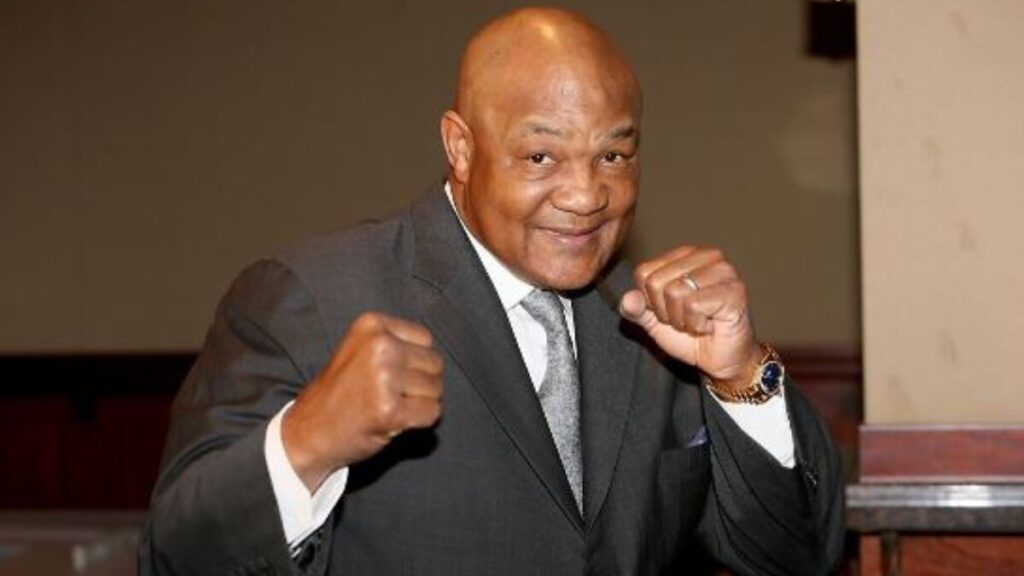
A Knockout in the Kitchen: The George Foreman Grill Revolution
It started as a product pitch most athletes would’ve laughed off: a countertop grill with a slanted surface, designed to drain grease from burgers and steaks. But George Foreman didn’t just say yes—he made it his own. And in doing so, he delivered one of the most unexpected uppercuts in branding history.
In the mid-1990s, Salton Inc. approached Foreman with a proposition: lend your name and likeness to our new “lean, mean, fat-reducing grilling machine.” At the time, Foreman was still basking in the warmth of his late-career boxing renaissance. But this wasn’t about fighting—it was about fit. The public had fallen in love with the “new George”: a family man, a preacher, a father of ten, and, crucially, someone who represented trust and transformation.
The timing was perfect. America was undergoing a health-conscious shift, ditching deep fryers for low-fat alternatives. Foreman’s grill, promoted with his signature smile and authentic testimonials (“I use it every day in my kitchen!”), rode that wave to become a household staple. Commercials were everywhere. And sales exploded—eventually topping 100 million units worldwide.
The deal’s exact details evolved over time, but estimates place Foreman’s earnings from the grill at $138 million, including a one-time buyout and long-term royalties. That payday dwarfed even his most lucrative fight purses—and made him one of the highest-paid celebrity endorsers of all time.
What’s most striking? He wasn’t just a spokesman. He believed in the product. His enthusiasm felt real because it was. And in a world filled with forced endorsements and throwaway partnerships, that sincerity turned a simple appliance into a cultural phenomenon—and George Foreman into a kitchen legend.
More Than a Name — Why the Grill Worked So Well
The George Foreman Grill didn’t just sell—it stuck. While dozens of celebrities slapped their names on forgettable products in the late ’90s and early 2000s, Foreman’s grill became a trusted fixture in kitchens across America. Why? Because people believed him.
By the time the grill launched, Foreman had reinvented himself as the lovable, wise, down-to-earth dad figure—a far cry from the intimidating boxer of his youth. His pitch wasn’t flashy. It was personal. He cooked on it. He fed it to his kids. He smiled, and you believed the thing worked.
The branding was brilliantly simple. No bells. No techy jargon. Just a promise: cook your food, cut the fat, live better. It tapped into rising health trends at a time when Americans were finally starting to read nutrition labels and ditch frying pans.
And unlike failed celeb gadgets of the era—think Hulk Hogan’s Thunder Mixer—Foreman’s grill solved a real, everyday problem with authenticity and charm. It wasn’t just a product with a name. It was a product with trust.
Beyond the Grill — Ventures, Endorsements, and Business Acumen
The grill may have been George Foreman’s most iconic payday, but it was far from his only smart move. What makes Foreman’s financial story so compelling is that he didn’t just cash in—he consistently chose ventures that aligned with his values, personality, and long-term goals.
After the grill’s success, Foreman became a sought-after spokesperson, lending his credibility to brands that matched his “everyman” appeal. He became the face of Meineke Car Care Centers, appearing in memorable commercials that combined humor with practical messaging. He also worked with InventHelp, helping promote invention support services with the same fatherly tone that made him a favorite in American households.
Beyond endorsements, Foreman invested in real estate and quietly built a portfolio of residential properties, especially in Texas, where he’s long called home. He’s also authored multiple books—some about fitness, others about faith and parenting—that continue to sell steadily. His faith-based speaking engagements, including appearances at churches and conferences, aren’t just passion projects; they’ve helped solidify his brand as more than just a pitchman.
What’s consistent across all of these ventures is strategy. Foreman didn’t chase trends—he backed brands and causes that made sense for him. He understood that trust, not flash, was his most valuable currency. And in a landscape littered with short-lived celebrity cash grabs, Foreman’s thoughtful, consistent choices stand out as the work of a man who didn’t just get lucky—he got smart.
Financial Philosophy: Faith, Frugality, and Foreman’s Money Rules
Beneath George Foreman’s multimillion-dollar empire lies something sturdier than strategy: a deep, guiding faith and a philosophy of simplicity born from hard-won lessons. Unlike many of his peers who spiraled into financial ruin, Foreman treats money not as a reward, but as a responsibility.
His faith plays a central role. After a near-death experience in the locker room following a 1977 fight, Foreman turned to Christianity—an event he’s described not just as spiritual, but life-saving. “I had millions in the bank but felt like I had nothing,” he once said. That moment reshaped his view of wealth: not as a symbol of success, but as a tool for purpose.
Foreman is also famously frugal. Despite earning hundreds of millions, he’s known to drive older cars, repeat outfits, and speak openly about teaching his kids the value of budgeting. “Money is like fire—it’ll burn you if you don’t respect it,” he told CNBC in a 2016 interview.
He’s not afraid to admit past mistakes, either. Overspending in his early career taught him hard truths about trusting the wrong people and living too fast. Those missteps became the blueprint for his later discipline.
Today, Foreman’s financial decisions are guided by clarity: faith first, family second, and legacy always in sight. It’s a quiet kind of wealth-building—grounded, deliberate, and rooted in something far deeper than dollars.
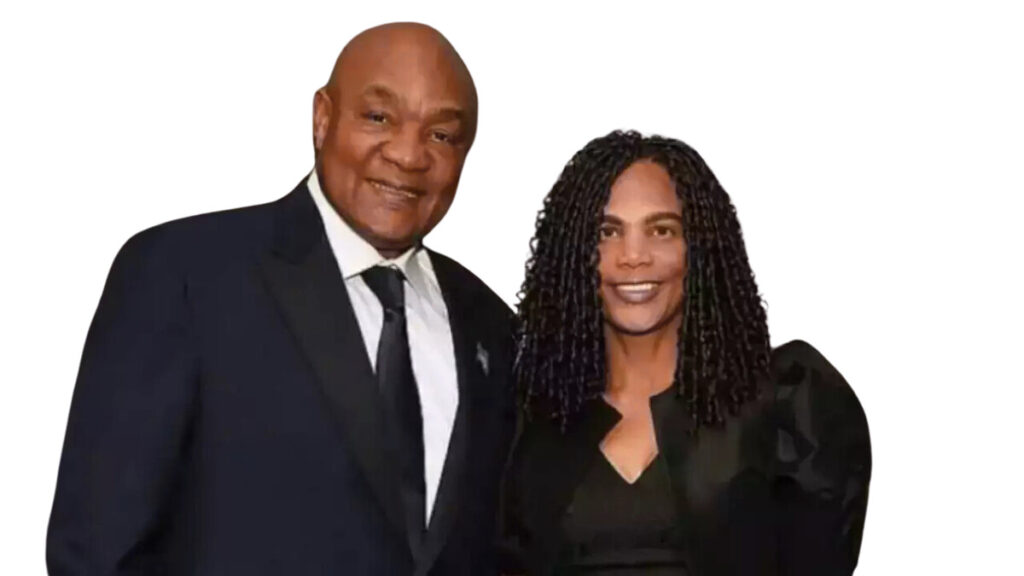
How George Foreman Set His Family Up for Generational Success
George Foreman didn’t just earn wealth—he planned for it to last. While many celebrities leave behind chaos and legal battles, Foreman has taken clear, intentional steps to ensure his fortune serves his family well beyond his lifetime.
A father of twelve (including five sons famously named George), Foreman has long emphasized structure and stewardship over extravagance. He’s spoken openly about teaching his children financial literacy, encouraging them to “earn their own way” despite the family name. But make no mistake—he’s built a framework to support them.
Much of Foreman’s post-boxing wealth, especially earnings from the grill and endorsements, has been structured through long-term licensing agreements. This creates passive income streams with predictable returns, which can be managed and inherited with stability. He has also invested in real estate—typically a reliable vehicle for generational wealth—and taken steps to ensure his intellectual property rights remain family-controlled.
Though specific details about his estate plan remain private, interviews and public records suggest he’s used trusts and family entities to reduce tax exposure and maintain control. He’s also involved in charitable giving, particularly in youth outreach and religious initiatives, underscoring his belief in wealth with purpose.
Foreman’s greatest legacy may not be the fortune he built—but the systems he quietly put in place to protect it. In an industry where fortunes often vanish as quickly as they’re made, his long-view approach stands as a model of grounded, generational thinking.
Also See: Top 50 Richest Boxers in the World
How Foreman Stacks Up Against Other Boxing Legends & Celebrity Entrepreneurs
When it comes to athletes-turned-moguls, George Foreman’s net worth tells a quieter—but arguably more sustainable—story than some of his flashier peers. As of 2025, his estimated $300 million fortune places him among the top earners in boxing history, though not necessarily at the very peak. But unlike others, Foreman didn’t build his wealth on spectacle. He built it on structure.
Take Floyd Mayweather, whose reported net worth exceeds $400 million, largely thanks to massive fight purses and self-promoted events. His strategy was high risk, high reward—and largely reliant on staying in the ring. Mike Tyson, on the other hand, once earned over $30 million during his career but declared bankruptcy in 2003. Though he’s staged a financial comeback through media deals and cannabis ventures, his path was anything but stable.
Then there’s Shaquille O’Neal, who—like Foreman—transitioned into a branding machine. With investments in tech, food franchises, and media, Shaq’s reported net worth of $500 million shows the power of diversification and public trust.
The Real Secret? Branding with Authenticity
George Foreman’s enduring success isn’t built on slick marketing or viral gimmicks—it’s built on trust. In an age where celebrity brands come and go like Instagram trends, Foreman’s has stayed remarkably solid. Why? Because people believe him.
He never pretended to be anything he wasn’t. Whether in a boxing robe or an apron, Foreman radiated a sincerity that cut through the noise. He wasn’t chasing clout—he was inviting you into his kitchen. That sense of relatability became his greatest asset.
One of the most iconic commercials from the early 2000s shows Foreman flipping burgers with his sons, laughing, joking, teaching them how to cook on the grill that bears his name. It didn’t feel scripted. It felt like a moment any family might share—except this family had a two-time heavyweight champ as their chef. That “dad-next-door” vibe became the bedrock of a brand that felt less like a pitch and more like a partnership.
Where others chased luxury, Foreman championed simplicity. Where others leaned on shock value, he leaned on consistency. He reminded people that success doesn’t have to be loud to be lasting. That’s the real secret: authenticity is rare—and George Foreman made it profitable.
The Million-Dollar Smile That Keeps Earning
George Foreman’s wealth is measurable—but his transformation is priceless. From feared fighter to family man, from millionaire boxer to marketing legend, he’s lived more lives than most and turned each chapter into opportunity. But the real victory isn’t in the dollar signs—it’s in how he earned them.
Foreman built a brand not by chasing fame, but by embracing who he truly is. He didn’t mask his past, overplay his image, or sell something he didn’t use. He smiled, told the truth, grilled a burger, and invited the world to trust him. That kind of authenticity doesn’t just sell—it lasts.
In a culture obsessed with reinvention, George Foreman reminds us that the most powerful brand is the one rooted in purpose, humility, and heart. And that sometimes, the best comeback stories aren’t about glory—they’re about grace.
Mohit is a finance and entertainment writer specializing in celebrity wealth, brand strategy, and media empires. As Co-Founder of TheNetWorths.com, he brings over a decade of experience analyzing public income streams, endorsement deals, and the evolving creator economy.
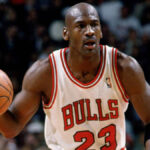
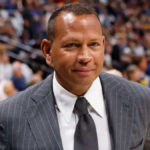

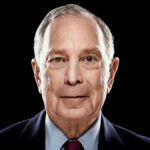




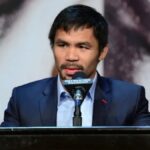
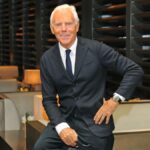
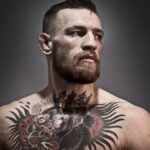


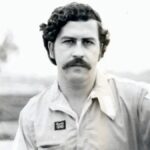

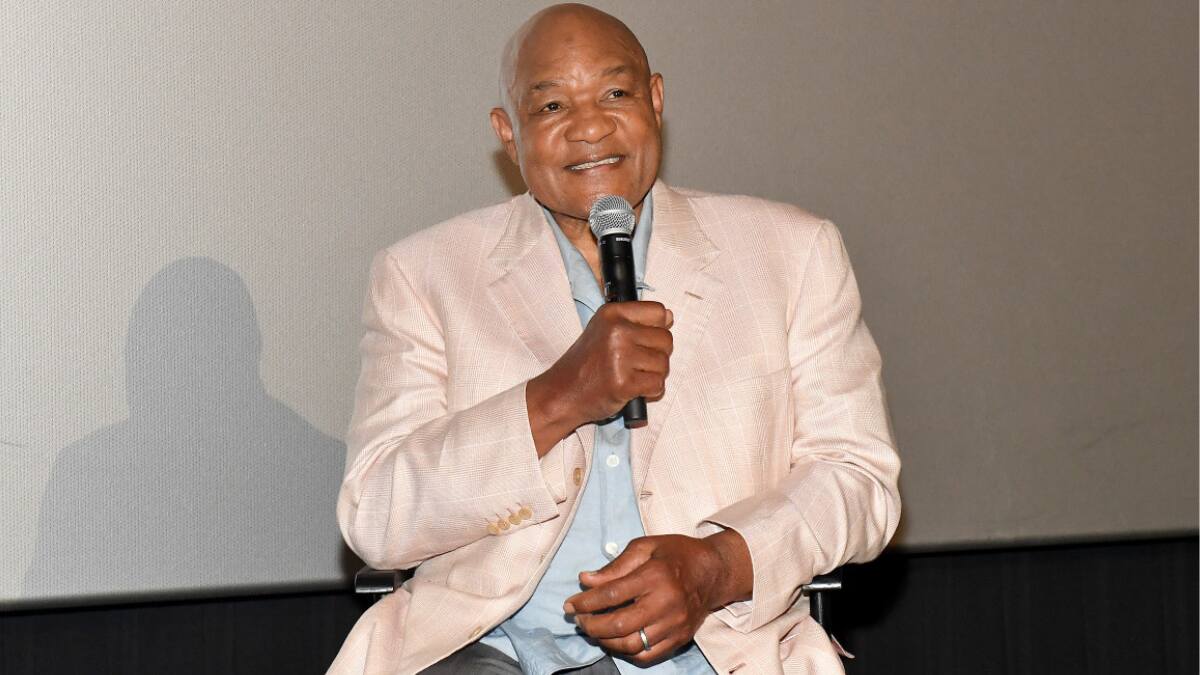
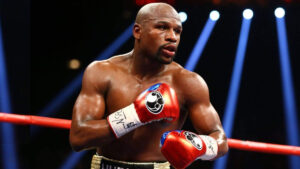
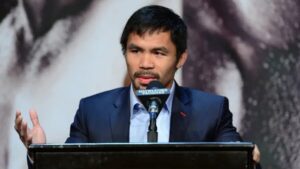
2 thoughts on “George Foreman Net Worth 2025: Inside His $300 Million Empire & Legacy”